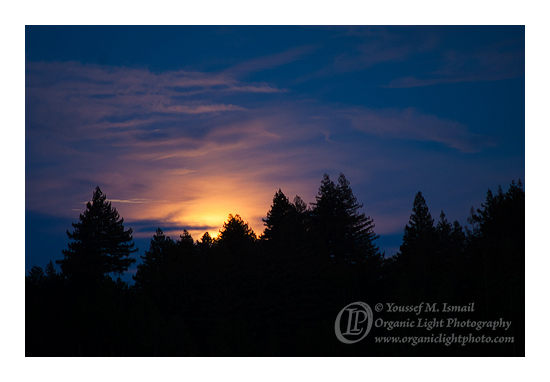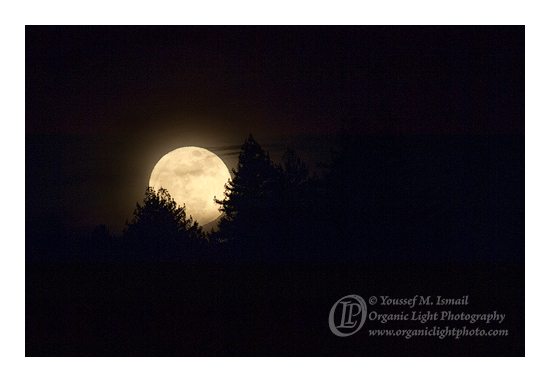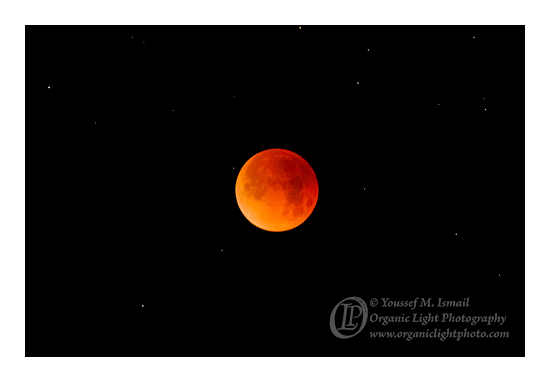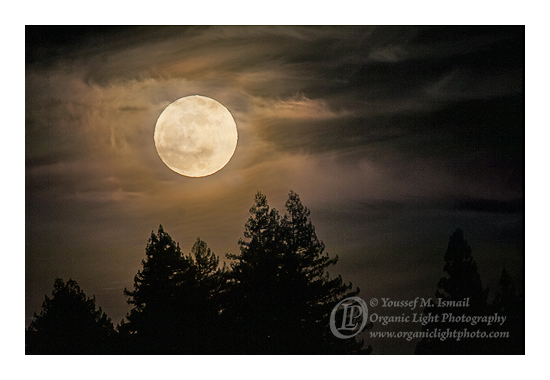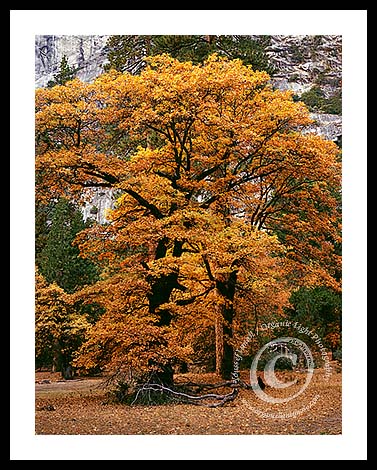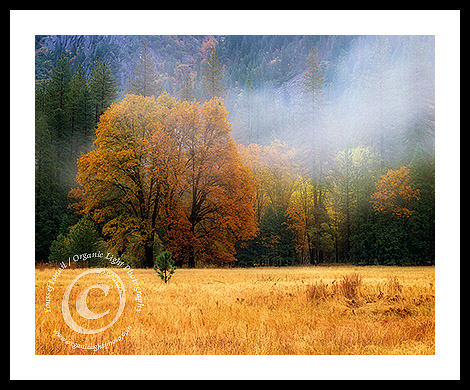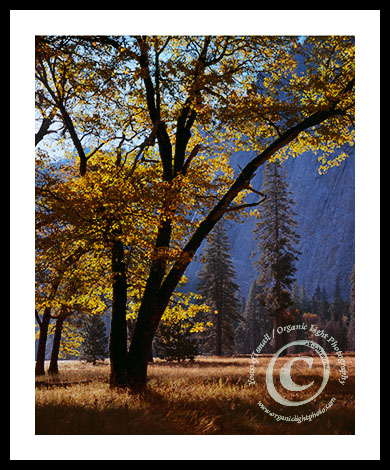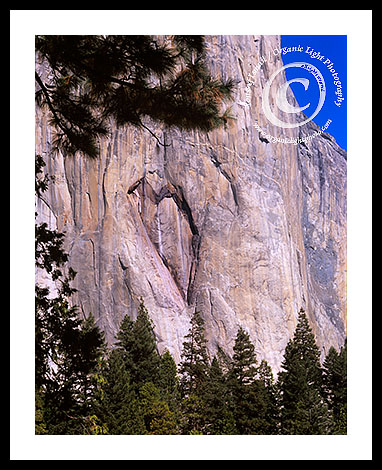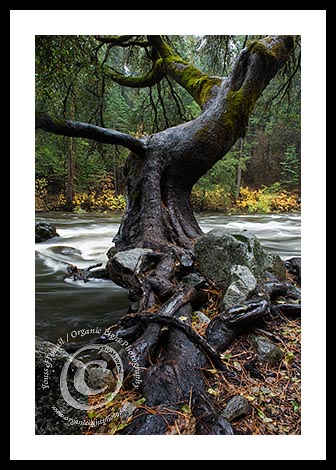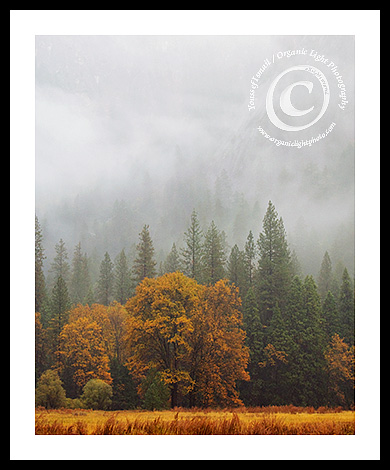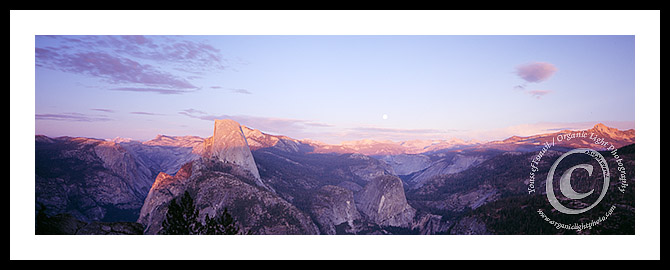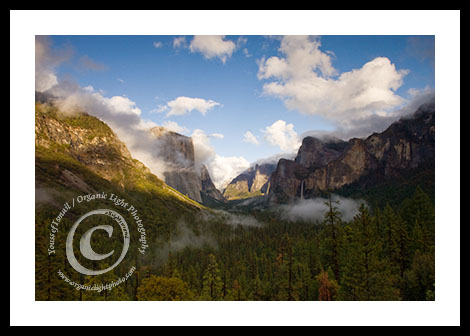Is That All?
The year of 2018 started off with the rising of the year’s first full moon. It was also the rising of the first of two full moons in the same month giving the first month of the year a Blue Moon, or so its called now when a given month has two full moons in it. Not only that, but given that the moon was close to its perigee, the closest point in its orbit around the Earth, this full moon was also called a Super Moon. The full moon on January 1st of 2018 appeared 14.1% larger than average. So of course, it was a unique moon and what better way to bring in the new year than to go out and photograph it.
As I stood on a ridge in the Santa Cruz Mountains not far from where I now live, I looked to the east in great anticipation waiting for the moon to appear above one ridge line east of my location.
As the sky dimmed I could see clouds building to the east and hope of seeing the first full super moon of year started to wane. Then suddenly a dim glow started to appear behind the trees. It was coming! My shutter started to fly. Exposures changing. Compositions changed as well. It was clear though, the moon was rising behind clouds. I nearly gave up. But then, a definite arch suddenly appeared between the trees. The brightness of the moon penetrated the thin veil of clouds and made itself apparent in the sky. There is a reason it was called a super moon!
That moon was phenomenal! As large as I think I have ever seen it, and so bright and full of contrast, just hovering there in the sky with the swirls of clouds surrounding it in a magical mist. I continued photographing it rise varying my exposures to hopefully develop a composite image the would faithfully convey to my readers what I was seeing. Expose for the moon, and the subtle clouds lit by the moon vanish in darkness. Expose for the clouds themselves, and the moon becomes nothing more than a pure white orb in the resulting capture. The dynamic range was so wide that I did not think a realistic image could even be developed. Nonetheless, I continued.
Later that evening, as I sat in my studio struggling with the exposure I had to make a composite, it became evidently clear to me that I just might not be able to convey what I saw. Not happy with my results, I shut down my workstation and retired. I turned my attention towards the end of the month when not only would I get a chance again to capture another Super Moon, although only 12.9% larger than normal, it would also be a Blue Moon, and furthermore, it was to coincide with a total lunar eclipse – A Blood Moon!
Fast forward three weeks. The moon slowly wanes to full. One week until January 31st and I arrive home not feeling well. I wake in the morning feeling the full brunt of influenza, I have contracted the virus and its wracking my body to shreds. I start fearing that I just might miss the Super Blue Blood Moon as it is now called. The moon on the evening of January 30 would be rising only 12 hours from being at 100% full. It will pass through midnight here in the Pacific timezone and then start its descent to the western horizon. Then approximately 4 hours before setting it would enter into Earth’s outer shadow, known as the Penumbra, and then approximately an hour later, into the inner shadow known as the Umbra and into totality. The peak of totality would occur at 5:31 am PST. I slept most of the day on January 30th, exhausted by the flu. That night sleep was light yet fearful of daring to trek out in the middle of the night as ill as I was to try to see the eclipse let alone try to capture it with the camera.
My oldest assistant, the one who accompanied me last August to see the total solar eclipse, was as eager as I to come along, but of course not at all afraid, and I was very happy to have someone of able body to accompany me. Normally, I would have witnessed and photographed the entirety of the event, however, given my condition, I was satisfied to see and capture just totality. We set our alarms for 4:30 am, giving us 1 hour to position ourselves along the same ridge I used earlier in the month to capture the New Year’s moon. It was a ridge that had good visibility to both the east and west.
We arrived with plenty of time. There was a slight breeze blowing at our arrival. It was not very cold at all, and bundled up as I was in my winter clothing I fared well out in the night air. We saw the moon enter into totality and carefully exposed the moon and then quickly exposing for the night sky as well to capture the stars that appeared in its vicinity. It was an event, a Super Moon, A Blue Moon, and A Blood Moon all occurring on the same night. It was an event that had not been seen in 150 years, and would not be seen again until January 31st of 2037! As 5:31 am approached I asked my assistant to keep me apprised of the time. I wanted to make sure I captured the moon at the peak of totality. As it occurred, I called out to my assistant and said “there it is, peak totality!”.
“Is That All!?”, asked my assistant, in a very disappointed tone.
“What Do You Mean, Is That All?, were you expecting a Corona or something?”
“It’s not a solar event, its much more subtle and quiet and most people would not even make the effort to go out in the dead of the night to see it. You should consider yourself fortunate to have seen it.”
And although it was a much photographed event due to the hype mustered about the rarity of this moon, most images I have seen left me flat. There is one special thing about a moon in the totality of the Earth’s shadow, and that is that it is dim and allows us to see the stars that are near the moon. Stars that we normally cannot see on a full moon evening because the moon is so bright that it extinguishes out such nearby stars much like the sun does in the day. Therefore, when I photograph the moon in a total lunar eclipse, I am as interested in the surrounding stars as I am in the moon itself. So without anymore delay, The Super Blue Blood Moon along with it’s accompaniment of stars in the constellation Cancer.
Each star in the field was verified as an actual star and not a digital artifact using the Stellarium Ephemeris. I’ll just mention a few of them. The closest star to the moon at approximately 10 o’clock is HIP 43613 and is 673.88 light years (ly) away. The bright star in the upper left corner, HIP 43742 and is 514.44 ly away. The bright star to the lower left is 54 Cnc and is 124.96 ly away. The oldest star is HIP 43206 and is 856.05 ly away and is near the lower right but second from the edge. Several of the stars are unnamed so if anyone wants a star, contact the star registry!
Upon completing this image, I thought about the first New Year moon that I photographed and mentioned above. I yearned to actually develop a composite that would convey what I saw. So I opened those exposures and got to work once again. This time, I found the necessary ingredients needed to combine both the exposures of the moon with that of the clouds and came away with what I remember. There is a reason it is called a Super Moon. Heck, even if it is not “super” it is still a stupendous entity in our night sky. No wonder so much in the way of poetry is written about it, no wonder that it is used as an adjective to describe the radiance of the face of the Prophet Muhammad, peace be upon him, it is truly a wonder to behold.
We started this year with Light. That is a good way to start!
Until next time, Peace to you All!
 Loading Image...
Loading Image...